Thunderstorms
A thunderstorm is a type of weather phenomenon characterized by the presence of lightning and thunder. These storms are often accompanied by heavy rain, strong winds, and sometimes hail. Thunderstorms are typically associated with cumulonimbus clouds, which are tall and dense clouds that form in an unstable atmosphere.
Formation of Thunderstorms
Thunderstorms typically form when warm, moist air rises rapidly into the atmosphere, leading to the formation of cumulonimbus clouds. As the air rises, it cools and condenses, leading to the release of latent heat and the formation of strong updrafts within the cloud. This process results in the development of thunderstorm clouds and the associated weather phenomena.
Characteristics of Thunderstorms
Thunderstorms are characterized by several key features, including:
- Lightning: The electrical discharge that occurs during a thunderstorm, often visible as a sudden flash of light.
- Thunder: The sound produced by the rapid expansion of air heated by lightning, often heard as a loud rumbling or cracking noise.
- Heavy Rain: Thunderstorms often produce intense rainfall, leading to localized flooding and water accumulation.
- Strong Winds: Gusts of wind can accompany thunderstorms, leading to potential damage to structures and vegetation.
- Hail: In some cases, thunderstorms can produce hail, which are ice pellets that form within the storm cloud and fall to the ground.
Study Guide
Here are some key concepts to understand when studying thunderstorms:
- What are the key features of a thunderstorm?
- How do thunderstorms form?
- What role do cumulonimbus clouds play in the formation of thunderstorms?
- What are the potential hazards associated with thunderstorms, and how can they be mitigated?
- What is the difference between a regular storm and a thunderstorm?
- How do meteorologists track and predict the development of thunderstorms?
By understanding the formation, characteristics, and potential hazards of thunderstorms, you can gain a deeper appreciation for these powerful weather events and their impact on the environment.
.◂Science Worksheets and Study Guides Seventh Grade. Bacteria and Viruses
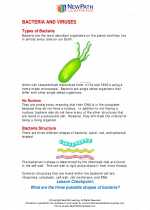
 Activity Lesson
Activity Lesson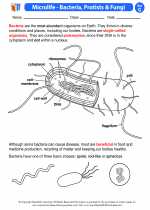
 Worksheet/Answer key
Worksheet/Answer key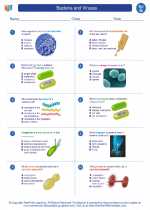
 Worksheet/Answer key
Worksheet/Answer key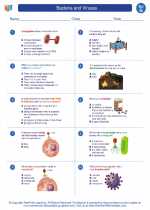
 Worksheet/Answer key
Worksheet/Answer key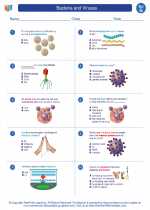
 Worksheet/Answer key
Worksheet/Answer key
 Vocabulary/Answer key
Vocabulary/Answer key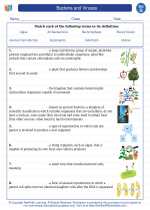
 Vocabulary/Answer key
Vocabulary/Answer key
 Vocabulary/Answer key
Vocabulary/Answer key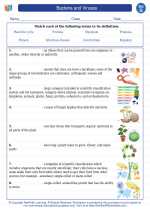
 Vocabulary/Answer key
Vocabulary/Answer key
